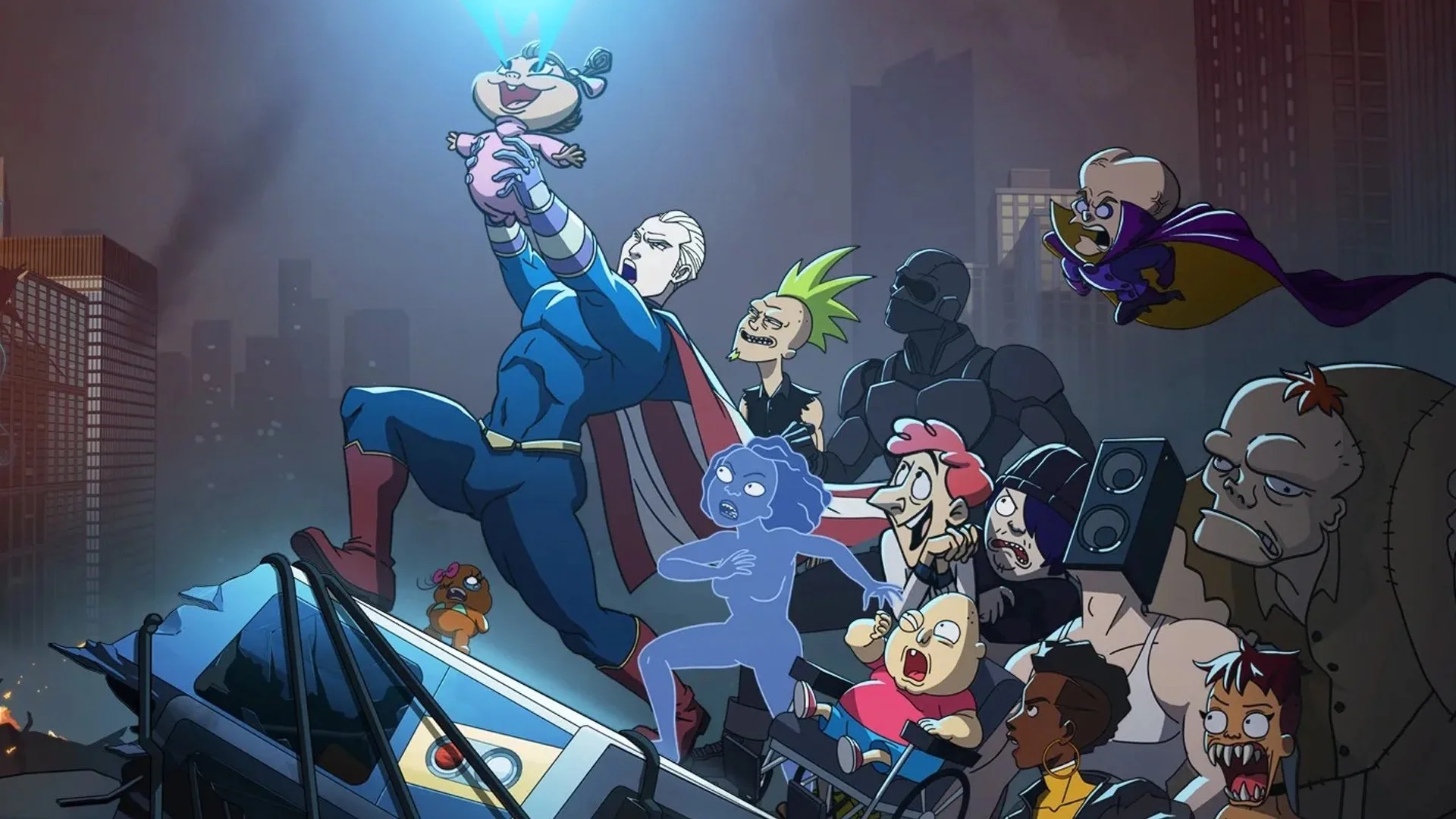Bruce Willis became a trend in the networks a few days ago when a story broke out in The Telegraph which ensured that the actor He had become the first Hollywood figure to sell his image rights to a company to allow them to create a “digital twin” and be able to continue making films or commercials with him using deepfake technology.that by which the face of one person can be “glued” on the body of another.

The news seemed plausible enough, given that Willis announced in March that he would be retiring from acting due to an illness, aphasia, which affects his cognitive abilities.. The article also contained statements from the actor, who had previously worked with deepfake technology on an ad for a Russian telecommunications company. “I liked how accurate my character was. It’s a mini-movie in the action comedy genre I usually go to. For me, it’s a great opportunity to travel back in time.” the 67-year-old actor said of his experience with MegaFon.
However, everything about the “digital twin” and the sale of its image rights turned out to be false. A rep for the actor sent a statement to media such as the Hollywood Reporter making sure they don’t have “no association or agreement with Deepfake company”. The company was forced to explain it a person cannot fully sell their digital image rights but assign them for specific works. They say they talked to CAA, the company representing Bruce Willis, to make their services available to them as they did in 2021 for the commercial, but the actor will have to decide when and how his “digital twin” in advertising or other audiovisual products.
technology on the rise
Just because Bruce Willis wasn’t a pioneer in allowing a company to have a digital version of himself, ready to record any commercial or cameo in a movie, doesn’t mean that deepfake isn’t becoming an increasingly popular element in the industry. . “Star Wars” has already implemented it a couple of times with a young Leia and Peter Cushing in “Rogue One: A Star Wars Story” and a rejuvenated Luke Skywalker in “The Mandalorian”. In Spain we saw it, for example, in the famous Cruzcampo commercial that brought Lola Flores back to life. It is very likely that in the next few years we will see an increase in this controversial technology and hopefully regulation to protect us from the fraudulent or unauthorized use of our face for anything.
Source: E Cartelera
Elizabeth Cabrera is an author and journalist who writes for The Fashion Vibes. With a talent for staying up-to-date on the latest news and trends, Elizabeth is dedicated to delivering informative and engaging articles that keep readers informed on the latest developments.




